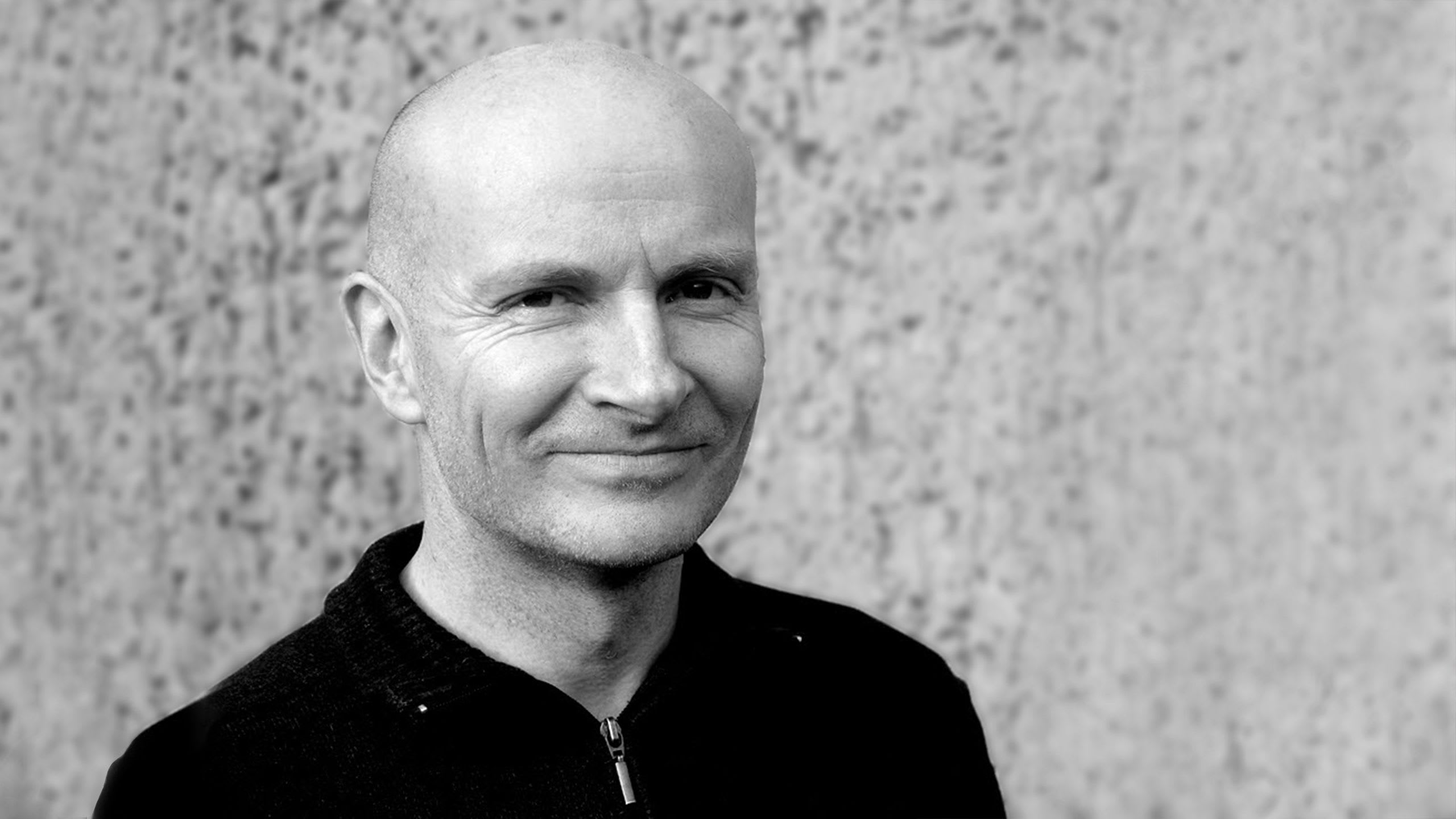Hideki Tsukamoto is a UK based programmer and technical artist. Fascinated with procedural systems and generative design, Hideki's career began in the early 1990's writing evolutionary art systems for an early code based ray-tracing system called POV-Ray. He went on to study graphic design, web, and print design and after dabbling in programming for many years, decided to take it seriously as a career. After considerable exposure to many programming languages, frameworks, and game engines, he has become an adept technical artist. His work is precise, often very graphic, and features consistent themes of distance transformations, noise based modulation, modularity, and recursion.
The following is a lightly edited electronic conversation we had about his background and his artwork in advance of his upcoming Art Blocks project Singularity.
Jeff Davis: Hi Hideki, it’s great to speak with you about your artwork. Let’s start at the beginning, how did you first get into making art?
Hideki Tsukamoto: At college I found technical drawing on paper and pen clumsy and imprecise, so I started looking at CAD programs. This early introduction to 3D spaces on computers then led to programming in C, which I've always stuck with. I've always dabbled in computer graphics and 3D design but never really considered myself as an artist to be honest, more of a “maker” or a tinkerer. The crypo/nft space has made people like me into genuine artists.
JD: How did you discover NFTs / crypto art?
HT: A friend of mine asked me to go for a beer and said I might enjoy this new emerging space as it's a combination of art and cutting edge technology. I was obsessed with Vulkan programming at the time and took some time to revisit some old C projects and re-order them to work in a generative way. I’ve always had a seed in my work, but it was usually a seed generated by me pressing a button. What's happening with generative art on Ethereum gives real meaning to that seed at the heart of all my work. So, he was right, and I'm obsessed now, and I thank him for it.

JD: What was the inspiration for your upcoming Art Blocks project?
HT: Art Blocks itself was literally the inspiration for this project. This might sound cheesy, but to date I have been visualizing network data offline. Art Blocks has led to my understanding of how the action of purchasing art can be the act that generates it. And this concept of the collector taking such a leap of faith, and then providing their input into the piece is utterly captivating. Visually, there are artists that influence and inspire the visual style of my work, I'm a big fan of GMUNK and love the looping gifs created by Etienne Jacob. But the inspiration for Singularity is space, creation, matter and void. It's part of a series, I'd like to explore all these concepts as it progresses.
JD: What should collectors look for in your Art Blocks project as the series unfolds?
HT: Well, Singularity is the final chapter in a series that works backwards towards Genesis. There are 4 'chapters' in total, but Singularity focuses on endings: large, impactful, often vibrant crescendos of color and light. Expect less chaotic, grand and colorful images within Singularity too but all the images should have their own aesthetic merit. Some color variants denote that the properties that comprise the form are close to the extremes. Symmetry is a key factor in how I perceive the perfection of the forms generated, but of course, this is entirely subjective.

JD: What else should people know about you to better understand your art?
HT: Well, it's precise, it's logical and often a bit scientific in its influence as well as its execution. Black Holes, Dark Matter, Celestial Mechanics are all absolutely fascinating to me, which I think is pretty evident in my work. I'm also a big cyberpunk and science fiction fan, which often comes across.
JD: And finally, what is the best way for people to follow your work?
HT: I have a store on OpenSea and you can also find me on ArtStation. I'm reasonably new to social media, but am enjoying Twitter, but I think that's as far as it will go.



